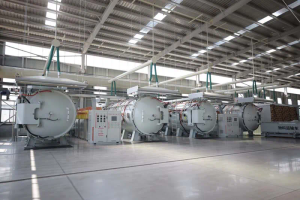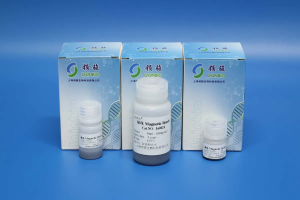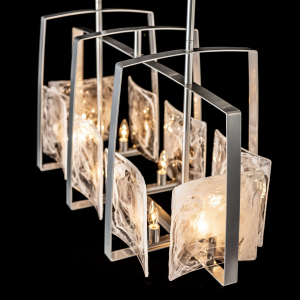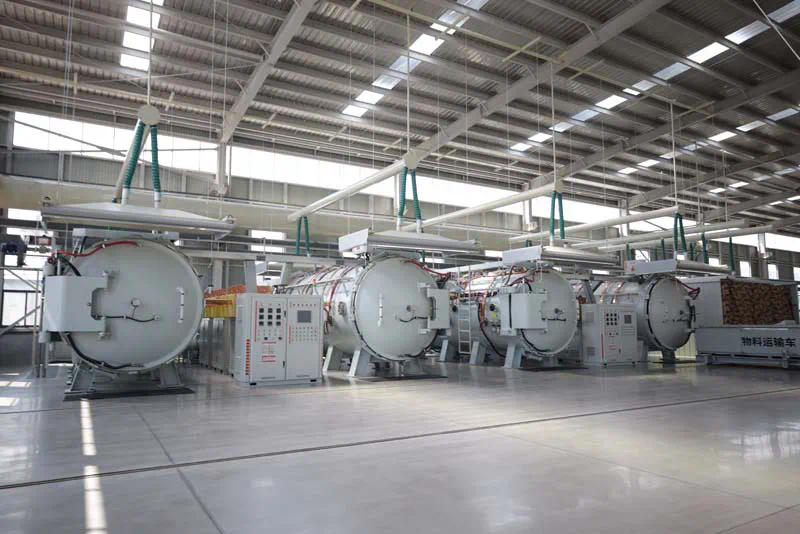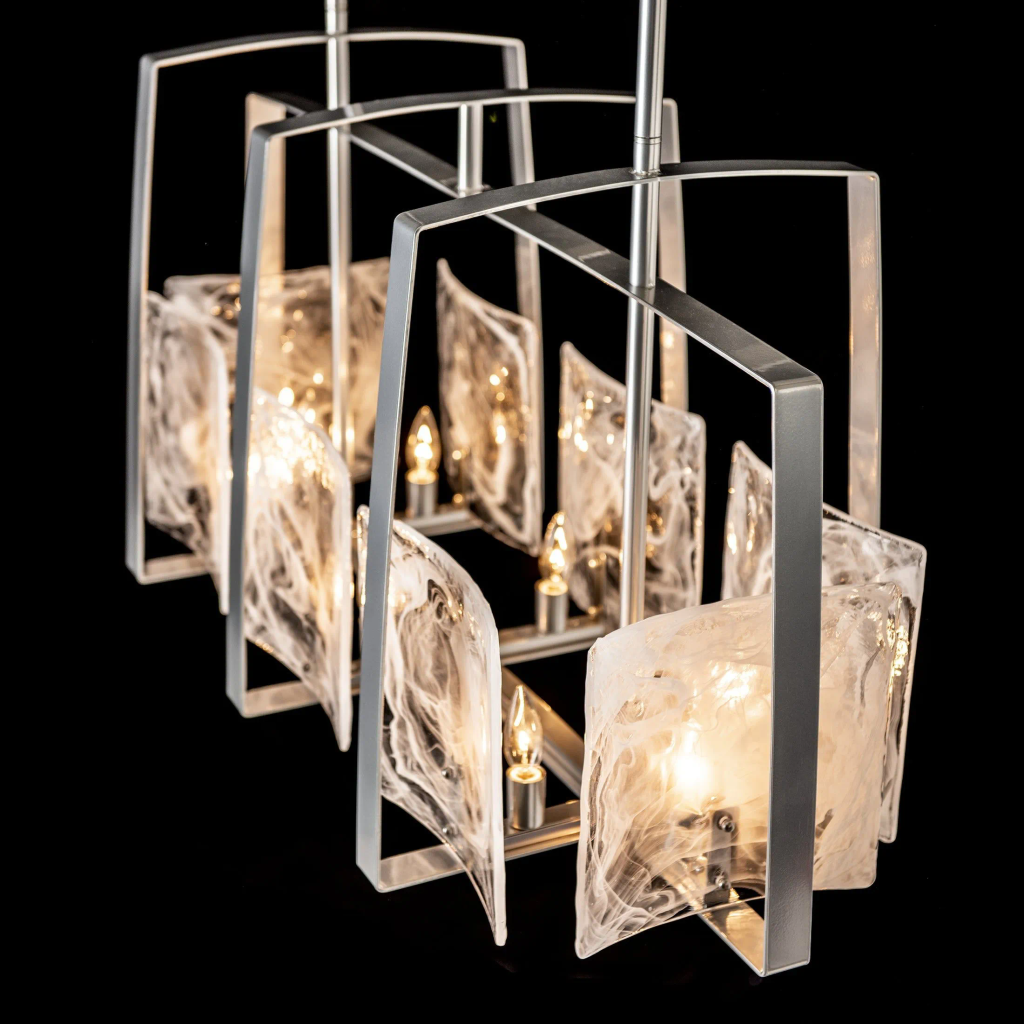In the evolving field of industrial machinery, busbar punching machines play a crucial role in the efficient production of electrical panels and switchgear. As technology advances, the design and functionality of these machines continue to undergo significant changes to meet the demands of modern manufacturing processes. Let’s explore some of the top trends in busbar punching machine design and functionality that are shaping the industry today.
One key trend in busbar punching machine design is the integration of advanced automation technologies. Automation not only improves the speed and accuracy of the punching process but also enhances overall efficiency and productivity. Modern busbar punching machines are equipped with sophisticated sensors, actuators, and control systems that enable them to perform complex tasks with minimal human intervention. This automation allows manufacturers to streamline their production processes and reduce labor costs while maintaining high levels of precision and quality.
Integration of Industry 4.0 Technologies
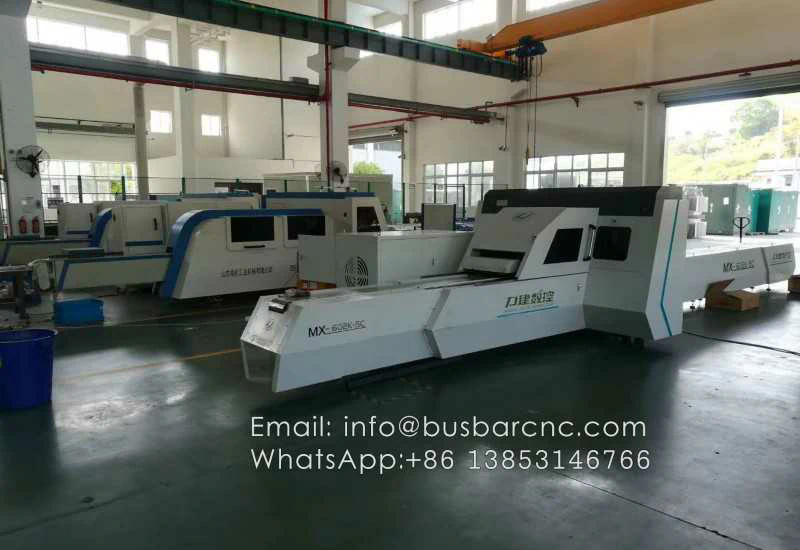
Another significant trend in busbar punching machine design is the integration of Industry 4.0 technologies. Industry 4.0, also known as the fourth industrial revolution, involves the use of data analytics, artificial intelligence, and the Internet of Things (IoT) to create smart factories that are interconnected and highly efficient. Busbar punching machines are now being equipped with IoT sensors that collect real-time data on machine performance, production output, and maintenance needs. This data can be analyzed to optimize production schedules, prevent downtime, and improve overall equipment effectiveness.
Enhanced Precision and Flexibility
Precision and flexibility are essential requirements in modern manufacturing, and busbar punching machines are no exception. Today’s machines are designed to achieve higher levels of precision in punching holes, slots, and cutouts on busbars of various shapes and sizes. Advanced CNC controls and servo motors allow for precise positioning and movement of the punching tools, ensuring accurate and repeatable results. Additionally, modern busbar punching machines offer greater flexibility in terms of tooling options, allowing manufacturers to quickly switch between different punching configurations to meet diverse production requirements.
Improved Energy Efficiency
Energy efficiency has become a major focus in the design of industrial machinery, including busbar punching machines. Manufacturers are incorporating energy-saving features such as regenerative braking systems, variable frequency drives, and power management software to reduce energy consumption and operating costs. By optimizing the use of electricity and minimizing wastage, modern busbar punching machines help companies lower their carbon footprint and contribute to sustainable manufacturing practices.
Integration of Laser Technology
Laser technology is making its mark in the field of busbar fabrication, offering new possibilities for cutting, marking, and engraving operations. Some busbar punching machines now come equipped with integrated laser cutting modules that complement traditional punching functions. Laser technology enables more precise and intricate cuts on busbars, opening up opportunities for creating complex designs and patterns. Additionally, lasers can be used for marking part numbers, labels, and other identifiers on busbars, enhancing traceability and inventory management in the manufacturing process.
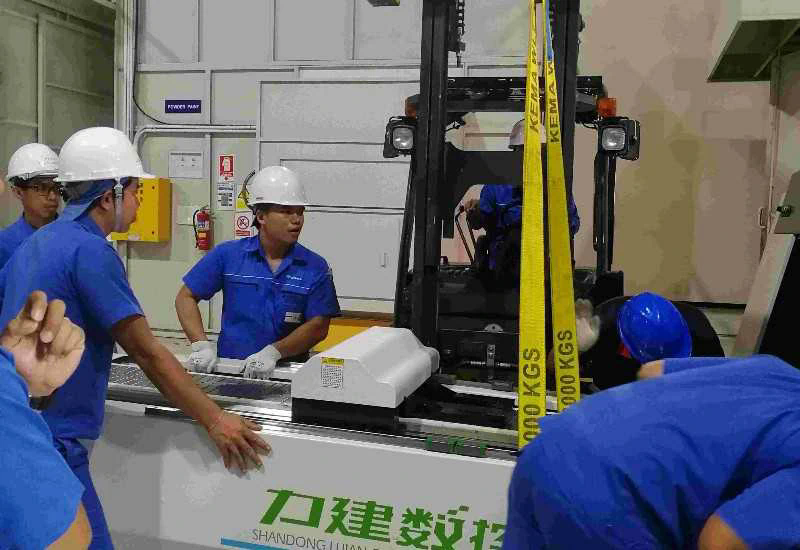
Enhanced User Interface and Software Integration
User interface design and software busbar bending integration play a crucial role in the usability and efficiency of busbar punching machines. Modern machines feature intuitive touchscreen interfaces that allow operators to easily program punching operations, adjust settings, and monitor production progress. User-friendly software packages provide advanced functionalities such as CAD/CAM integration, automatic nesting, and simulation tools that help optimize tool paths and minimize material waste. By simplifying the programming and operation of busbar punching machines, manufacturers can reduce training time for operators and improve overall production efficiency.
Modular Design for Scalability and Customization
Modular design is becoming increasingly popular in the development of busbar punching machines, enabling manufacturers to customize and scale their equipment according to specific production needs. Modular machines consist of interchangeable modules and tooling systems that can be easily reconfigured or expanded to accommodate different busbar sizes, thicknesses, and punching requirements. This scalability allows manufacturers to adapt their production capabilities to changing market demands and product specifications without having to invest in entirely new equipment.
In conclusion, the evolution of busbar punching machine design and functionality is driven by a constant quest for innovation, efficiency, and precision in modern manufacturing environments. By embracing automation, Industry 4.0 technologies, enhanced precision, energy efficiency, laser integration, user-friendly interfaces, and modular design principles, manufacturers can stay ahead of the curve and meet the growing demands of the industry. As the technological landscape continues to evolve, we can expect busbar punching machines to play an increasingly vital role in shaping the future of electrical panel fabrication and switchgear production.

